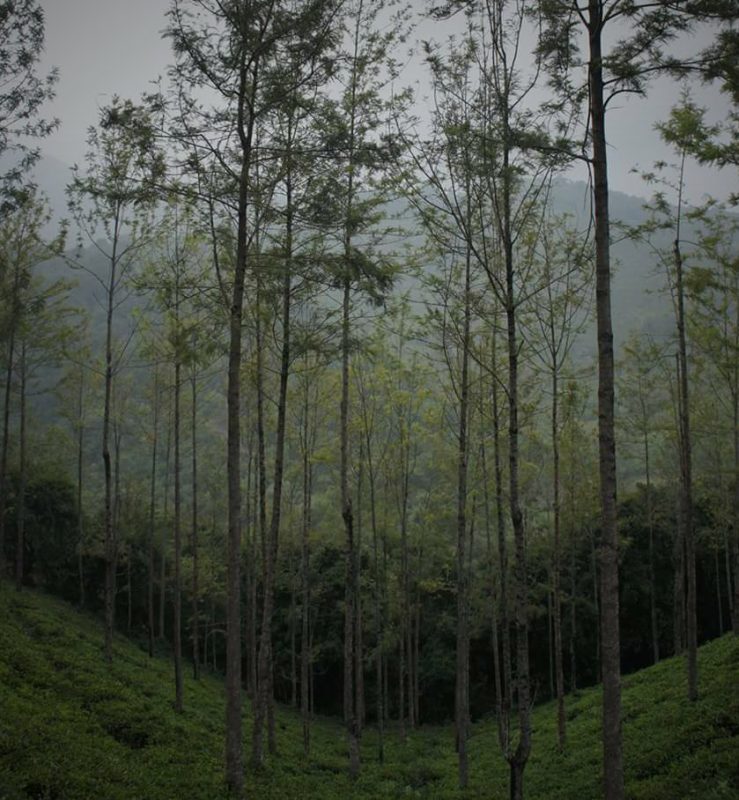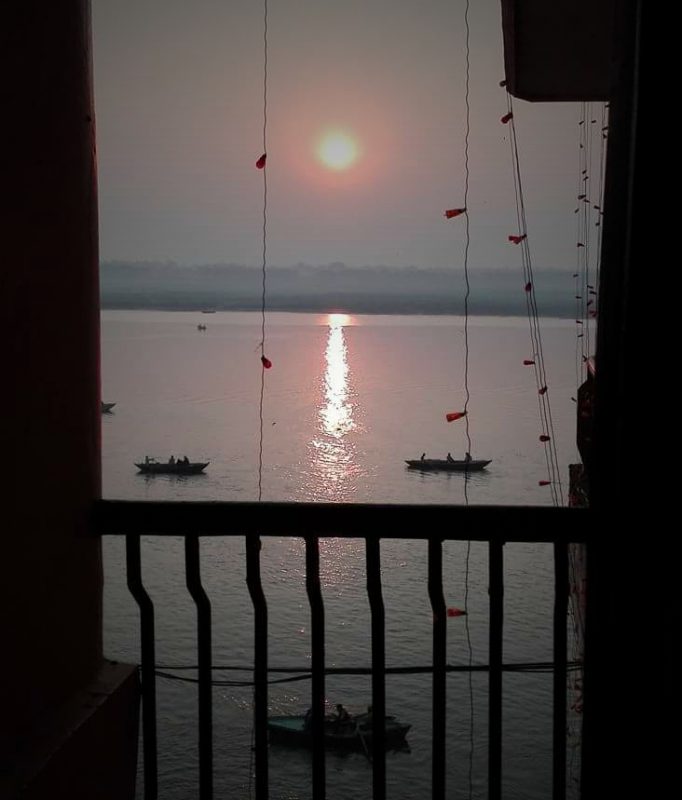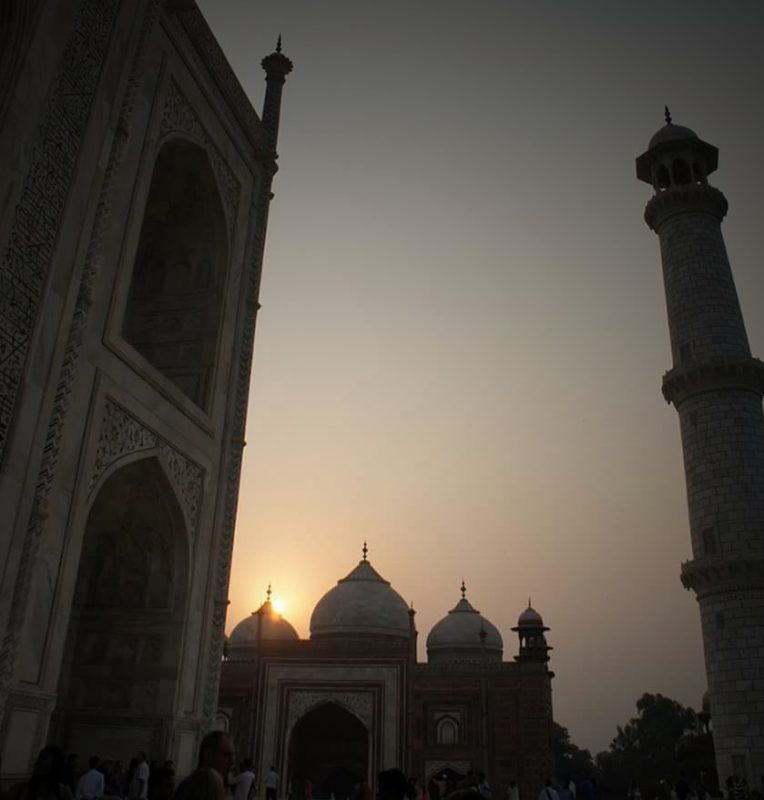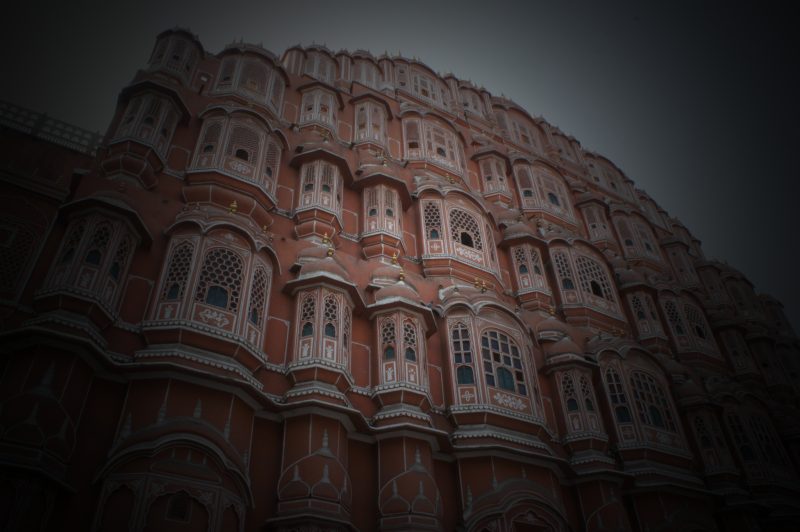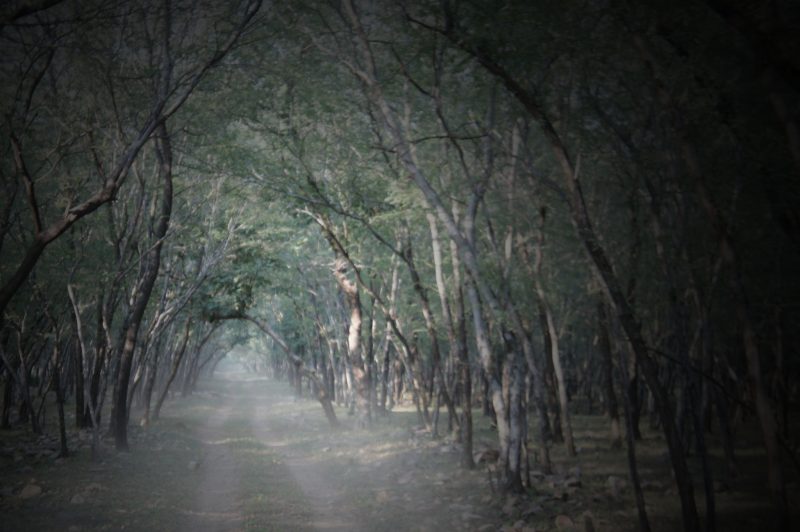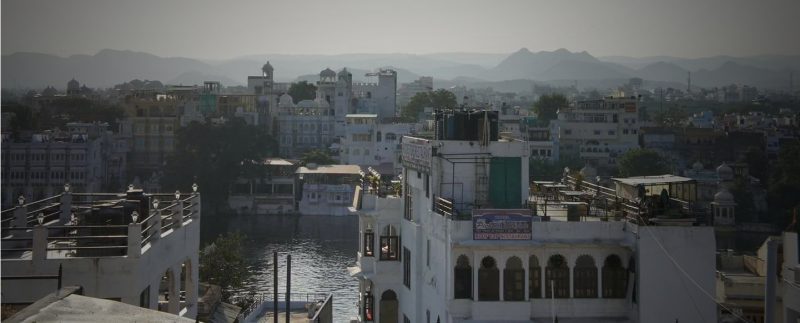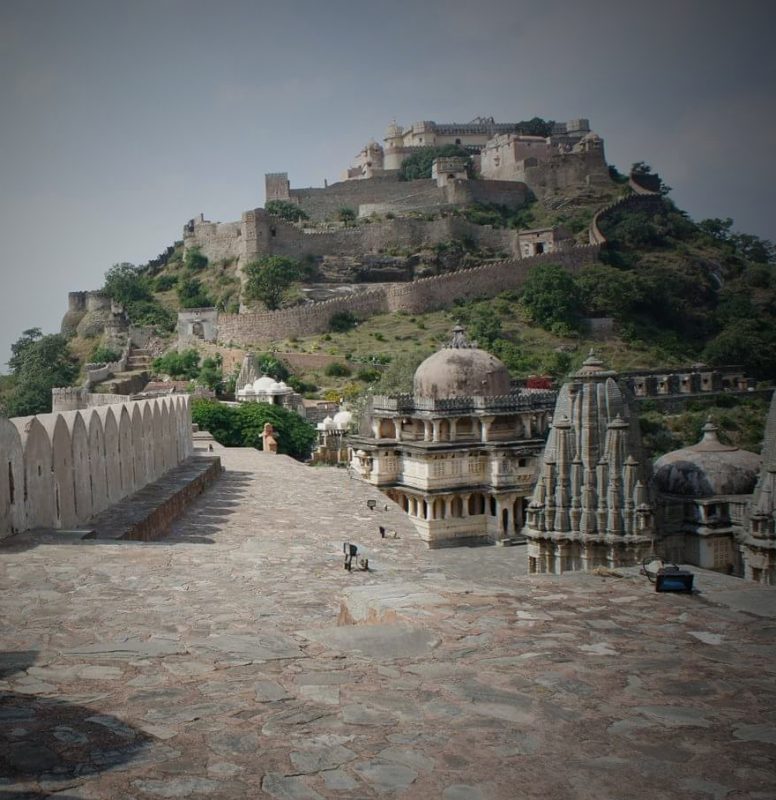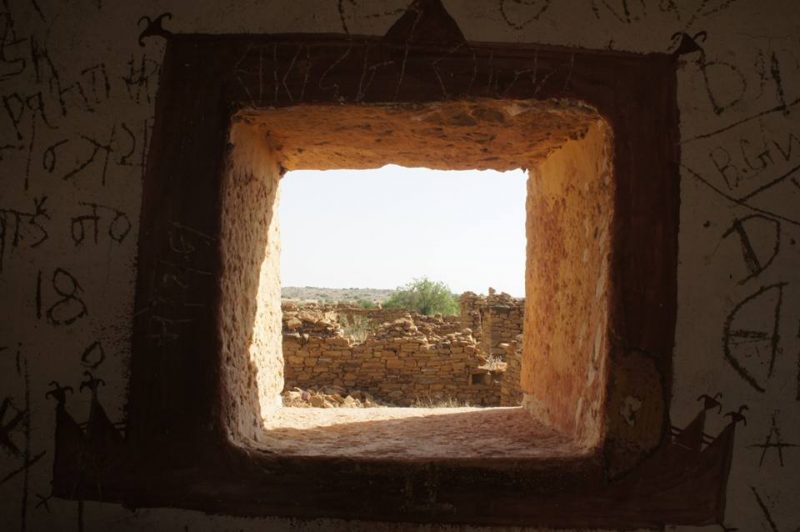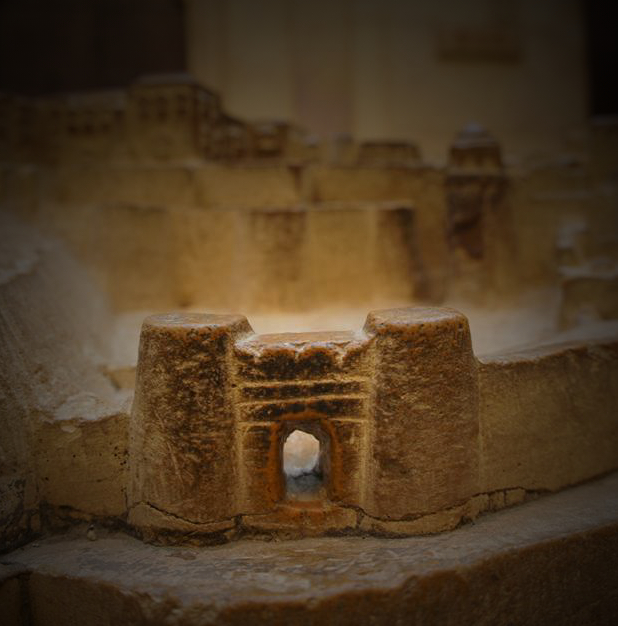A figure, shrouded in dark robes under an imposing hood, released a lever that had been built into the back of what should have been the house that Brigid had entered. Behind the façade they were nothing more than crudely put together structures of metal poles and sheets of metal. The effect was more like an amateur stage production than a row of derelict houses. When Brigid was safely behind the structure, and it had creaked shut, the figure crossed an empty space. Dust billowed around his feet as he stepped towards the woman.
“We did not expect your company today,” the figure said. His voice was nothing more than a deep whisper.
“Believe me,” Brigid answered as she walked towards the figure, “there are other places that I’d rather be right now.”
The figure stood a short distance from Brigid. His hands were hidden beneath the baggy black sleeves.
“To what do we owe the pleasure?” the figure asked.
“Let’s just say that I had a sudden urge to hold an assembly.”
“I don’t understand,” the figure said.
“Get rid of that stupid hood,” the woman said and snatched the hood down from the figure.
“Madam Brigid,” the exposed elderly man said with the air of someone who been intruded on whilst in the nude, “this is highly unacceptable. What if we are seen?”
Brigid retrieved the newspaper from her jacket and thrust it towards the old man’s face.
“A little too late for that,” she said.
The tall man tore the newspaper from Brigid’s hands and glanced at the front page. Brigid marched behind the fake houses towards a makeshift staircase. It led up to an equally shabby gallery that was composed of poles and pieces of metal.
“Madam Brigid,” the man said, “I must protest, you cannot simply walk up there. I–”
“I can do as I wish,” Brigid responded. The words flew over her shoulder to the man.
“But–”
“Look,” Brigid stopped and turned to look at the man who stood at the bottom of the metal stairs, “this is my project, my funding. I can do as I please.”
“I mean no offence,” the man said.
“Then shut your mouth and follow me.”
Bushy grey eyebrows furrowed on the man’s forehead.
“Madam Brigid,” he said in his most stern tones, “I will not be spoken to like that. I will have you know that I taught at the finest universities across–”
“Then you will know that I will not ask you twice.”
“But–”
“No buts.”
“I must—“
“Look,” Brigid said. Her brown eyes widened, her lips were taught. The man in the robes cowered at the glare, even from the distance. The school mistress was back. “I personally selected you to join us. As such I demand that you treat me with the utmost respect and obedience. Things may be spiralling, but everything is still in my control. Now, needless to say, you must summon the rest. We need an assembly. I need to address you all. Do I make myself clear?”
The tall, old man nodded his head once. He walked across the dusty compound as fast as his legs would let him. He would have run but that would have lost him his final shreds of dignity.
“You stays here,” Papa said to the boy. “You stays here for as long you need.”
The room was dark but it was not empty. Forgotten cupboards, tables, chairs and all manner of lost furniture filled a forgotten storage room. Dust floated in the air. Individual specks glittered in the light that tried to creep in from behind a long curtain. A tall man in a white jacket crouched behind a folded table.
“See,” he said to the boy who lay as a heap in a dark corner, “you with me now. There a lot of punks out there who would see you, identify your spirit and they’s use it against you. In fact, I might be one of them punks myself, but at least you safe with me. Better the devil you know, you know?” Papa laughed a subtle but sincere laugh. It bubbled out of his belly and hissed between his teeth.
The young man tried to see the person who spoke to him, this Papa. The room was too dark and his eyes had not adjusted yet. His world was nothing more than muddied night. Occasionally he caught a flash of white as Papa swooped past him.
“But you ain’t got nothing to worry about. Not while you with me boy.”
The young man went to speak.
“Don’t try that,” Papa said.
The young man looked into the darkness, towards the place where Papa’s voice came from. Blurred white lines formed from behind the darker patches in front of him. “Ain’t no good ever come from the words of a dead man,” Papa’s voice came from the shapes in front of him. They crawled across the boy’s vision and merged together. They spun and squirmed and wriggled like bright, white maggots. The white shapes created a skull. “No, now you with me, you won’t be needing to endure that burden. Remember boy, actions have always spoken far louder than any word man can utter.”
The skull smiled at the young man who cowered back in fear. There was nowhere for him to go. The young man was already backed into a corner and lost in the clothes that he worn in the overworld. The skull was in his head. There was no escape from it.
“Don’t hide from you fear,” Papa’s deep voice growled out from the skull, “Use it. It wants to help you. You need it. It need you.”
The boy tried to cry out but was stuck in the darkness of his mind. The skull drew closer to him until it completely dispersed into the black of his mind.
“You just need to remember why,” Papa’s voice said. It was close, as though he stood in the young man’s ear and whispered into it. “Never forget why you ended up here. Never let go of that anger.”
The young man shook his head as fast as he could in his fresh state. Every motion was new. He needed to learn everything again. His neck flinched as though he tried to deflect a fly.
“Ain’t feeling that,” Papa said.
The boy writhed in his space to get rid of the nuisance that was in his head.
“Try harder,” Papa encouraged him.
The boy started to shrug his shoulders. Aggression crept into his movements. His elbows broke free of the lethargy that held him back. His wrists flicked. He fists punched. The young man launched himself into the darkness to escape the irritation. He landed into some solid furniture. Noise erupted as items fell on top of each other. Bangs fought to be heard as the contents of the room, uninterrupted for years, collapsed on themselves. Papa’s laugh sparked up again. It grew from a hiss to a hearty laugh.
“You gonna go far boy,” he said as the din quietened.

